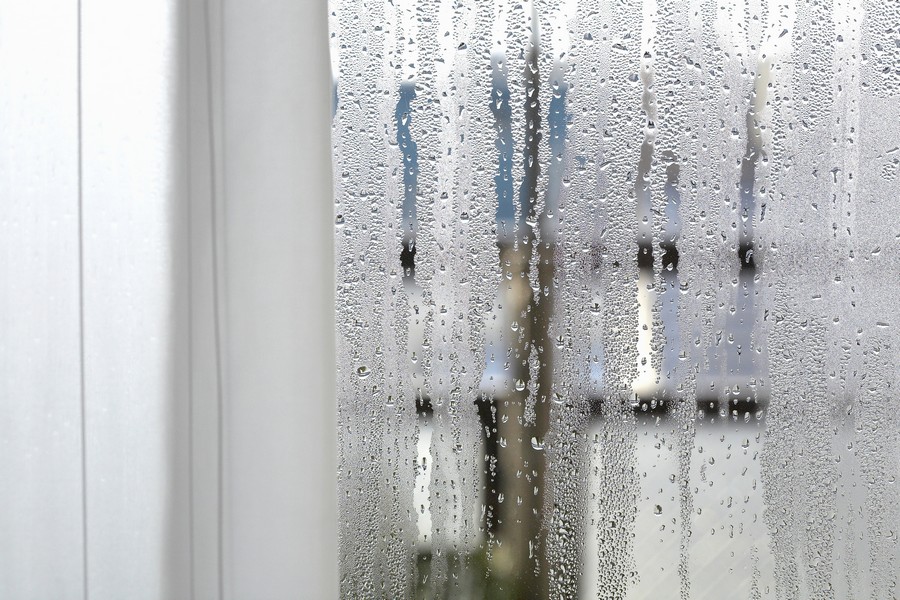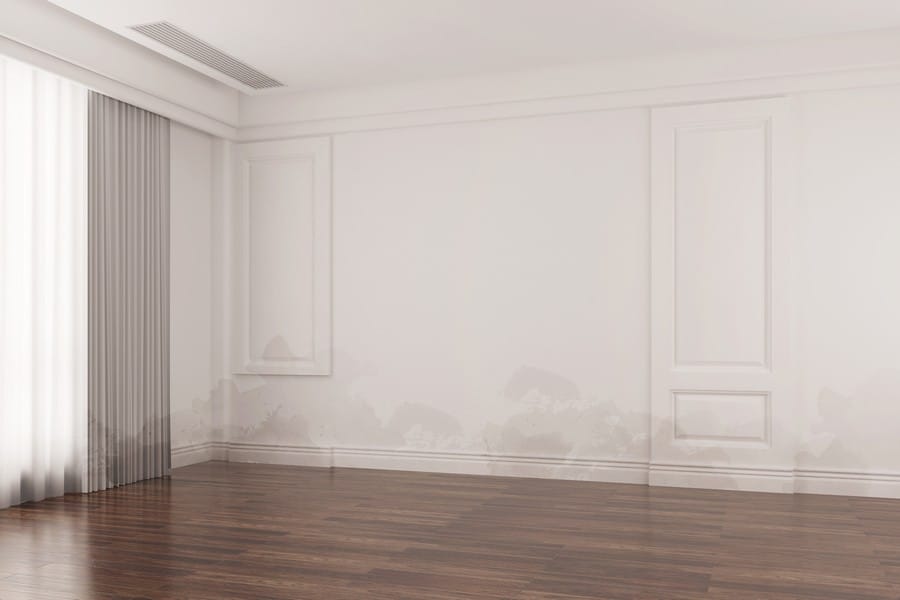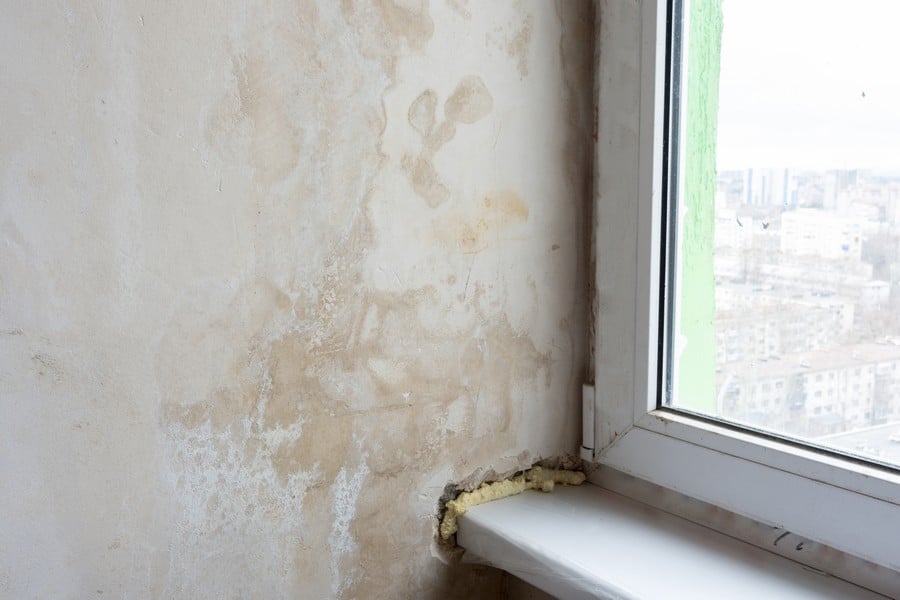Contact Sussex Damp Experts Now to Speak With an Expert.

Detecting condensation, humidity, and mould may be a difficult task. What are the distinctions between them? And who is to blame for the property’s problems: the landlord, the renters, or both? Understanding how to recognise, treat, and prevent the growth of condensation, damp problems, and mould may help you save time and money while also safeguarding your home from further harm. Whether condensation problems in a building are caused by difficulties with the property itself, such as inadequate ventilation or a lack of damp proofing, or caused by the habitants, or a mix of both, is a big concern for landlords. In any case, early detection and treatment of the problem are critical for preventing future problems in your home. It’s vital to remember that, despite their similar appearances, moisture, damp issues, and mould should all be addressed differently. As a landlord, condensation may be a recurring issue that can lead to more severe problems like wetness and mould. That’s why you can rely on Sussex Damp Experts to help you identify and tackle all signs of damp that you might encounter.
Condensation happens when warm wet air created by regular everyday actions, such as cooking, showering, washing, or drying clothes, comes into contact with a cold surface. When warm wet air comes into contact with a cold surface, it condenses, forming water droplets. If the space is not adequately ventilated, moisture-rich air is unable to disperse and accumulates as water droplets on surfaces such as windows. Because moisture is naturally present in the air, a reduction in air temperature can result in the release of water in the form of droplets; this is referred to as the ‘dew point.’

Showers, bathing, cooking, and drying clothing all extra release moisture into the air, increasing the likelihood of condensation forming. However, generally, these small and sporadic amounts of moisture should be easy to make disappear, for example, with good ventilation or air extracting mechanisms. However, if the condensation persists, other factors should be involved.
There are three primary sources of condensation in a building that you should be aware of:
Although less frequently, some other causes can be responsible:
Condensation can be an issue for both the landlord and the renter, depending on the conditions. A poorly operating and installed extractor fan, for example, that is not eliminating enough steam from a bathroom, is a problem that a landlord must address.
Moisture rises through the walls and floors, depositing salts on inside fixtures, fittings, and decorations, causing rising damp. Because it grows from the floor, you might notice floor coverings lifting. This moisture gradient it’s generally seen up to 1.5 metres, but it can reach much higher heights depending on the conditions and damp masonry protection used during construction. It’s quite simple to misdiagnose, so having a professional evaluate the property before doing any repairs is strongly recommended. This may be done before buying a house or in your current home with a damp professional survey. Sussex Damp Experts can provide you with this service.
First and foremost, what causes moisture in the first place? In a nutshell, damp problems are caused by excess moisture in the air or by water getting into areas it shouldn’t.
Some of the common causes of rising damp in buildings are:
Of course, there are additional possible reasons, but one of them will account for the great majority of instances.

Penetrating damp is a form of dampness caused by rain or water from another source that seeps through cracks in the house’s outside walls through brickwork, tiles or concrete bad isolated walls.
Penetrating damp is one of the most prevalent forms of moisture that may be encountered. This article will show you the penetrating damp symptoms to look for if you suspect your home has damp problems. This article will help you better understand what penetrating damp is and what penetrating damp treatments are most effective. Rainwater may get into your property’s internal fabric through exterior flaws. Penetrating moisture may drastically alter the appearance of your home on the inside. Your home may look uninviting if there are visible wet patches and a musty smell.

If you have penetrating damp, you may notice localised damp patches on or near to the external walls throughout your home. These are frequently found in inconvenient places and will not dry out no matter what tactics you employ.
Penetrating moisture can be detected by the inside surface of exterior walls and decorations becoming discoloured or damp.
The plaster will blister and exhibit indications of wear and tear if it is penetrated by moisture. This is due to the plaster’s quality being harmed by excessive moisture forming damp patches.
High moisture due to penetrating damp may cause floors close to exterior walls to display indications of dry or wet rot deterioration.
If there is visible mould growth coupled with a wet musty smell, this might suggest penetrating damp and a condensation problem within the home.
Contact Sussex Damp Experts Now to Speak With an Expert.
Mould is a fungus that thrives in high-humidity, wet environments. Landlords must take mould in their properties very seriously. If left untreated, mould may have a negative influence on your people’s health, causing respiratory issues as well as other symptoms.
Property owners should always urge renters to tell them if there is any mould in the building, and it is the landlord’s obligation to determine the source and remediate it properly.
Call Our Sussex Damp Experts team now for quote, consultation and advice:
Call on 01273 257 765.
Condensation and moisture in the property are the most common causes of mould. This creates the ideal habitat for mould to grow over time. First and foremost, it is critical to comprehend the cause of the property’s mould growth. It’s likely that until the main source of mould development is identified and addressed, it will return, causing more problems.
Mould development can occur as a consequence of structural issues with the property, such as increasing damp or a tenant’s lifestyle, such as a lack of ventilation when cooking or excessive use of the shower, both of which contribute to increased moisture in the home.

If you have a serious damp problem in your home, the first thing you should do is schedule a damp investigation to determine the real severity of the problem. After you’ve scheduled your survey, one of our experienced surveyors will come to your house and identify the source of your damp issues, whether it’s rising damp, penetrating damp, or condensation.
After that, the surveyor will write a report outlining the best line of action. This might include anything from installing a damp proof course (DPC) to offering condensation management services. Sussex Damp Experts’ treatments can keep your house damp-free for the time being and in the future.
It is critical to address the damp issue as soon as possible to avoid it becoming much worse. The problem will not go away on its own if moisture is left unchecked. It’s critical to realise that the cause of damp must be identified before any aesthetic damage can be repaired.
Importantly, landlords and renters may avoid mould growth by adequately ventilating the building and ensuring that excessive moisture does not build up. You may detect actual spores as well as a ‘damp’ odour after mould has started to grow. Mould may have a direct influence on your tenant’s physical health, causing allergies and respiratory issues, therefore getting rid of it as soon as possible is critical. If in doubt, landlords should always seek expert cleaning assistance, especially if mould is pervasive and/or persistent throughout the property. After treating the home for mould, it’s recommended that you redecorate using fungicidal paint to help prevent the problem from returning, guaranteeing that it becomes damp proof.
Whereas everyday activities in the home generally produce condensation, moisture is caused by construction problems; renters have little influence over, even if they ventilate and heat the property appropriately during their lease.
One of the most common causes of damp in the UK is condensation. Individuals carrying out their daily activities on the property causes moisture to build. With double windows and more heating in buildings, warm air is less likely to escape. There are several things you may do on your own to enhance the ventilation in your home. Damp in a home is almost always the landlord’s responsibility, and it’s a problem that may be readily solved with the right counsel and assistance.
If you’re noticing signs of damp contact Sussex Damp Experts to have a professional technician look into the situation. We can, for example, install a damp proof course (DPC), which is a physical damp proof membrane.
The size of the structure typically dictates a damp survey’s cost. The longer the damp inspection takes, the greater the expense, the more rooms and the larger the home.
Damp investigation for a two-bedroom house will cost about £200 as a rough estimate. If you have a three-bedroom terraced house, your damp investigation will cost around £250. On average, a damp survey for a larger 4-bed detached house costs about £300.


The expenses of repairing a damp problem are determined by a variety of criteria, including the property’s size, architecture, kind of damp source, and materials used, among others.
Because there are so many aspects to consider, call our fully trained staff to schedule a survey. One of our pleasant team members will visit the property and thoroughly grasp the situation before giving you the most cost-effective quotation.
Sussex Damp Experts adhere to high standards when it comes to damp proofing treatments, professional re-plastering, wood preservation, and damp assessments.
We serve households, local authorities, small businesses, and commercial property owners and managers with highly customised, professional, and trustworthy damp proofing treatment and repair services while valuing the communication with our team. So give us a call at 01273 257 765 now to talk with a member of our friendly staff about your requirements.


Max and his team have been at our property all week and I really can’t thank them enough for the fantastic job they’ve done on plastering both our walls and ceilings. They have literally transformed the appearance of our house! Not only has Ma…

From start to finish Max has been incredable. His knowledge lin damp proofing is second to none and his team where very clean and polite. The plastered finish was like glass so happy we choose Max Plastering for job.

Lovely bunch of lads left a very neat and clean job. Problem was solved.

Perfect Finnish and all left clean and tidy and no mess. Used Max previously and would not hesitate to ask him carry out more work.

Max, Harvey and Stuart arrived promptly as arranged. Done a great job on our outside rear wall. Work completed to a high standard, removal of all old material and cleaned up after themselves. I am so pleased with the standard of their work they ar…

They turned up on time and carried out the works in a very professional manor leaving the front of the house clean and tidy. Very impressed would definitely recommend.

I have to say that on every level Max (with Stuart and Harvey) did an extremely professional job! They explained what they were going to do, they were polite and courteous and respected that they were coming into our home. The plastering is of the…

I called max and he managed to come around the same day to do a survey. The next day I received an extremely detailed survey compared to any other damp proofer which made me feel very at ease that he was going to do the right job. Max and team tur…

Contact Sussex Damp Experts Now to Speak With an Expert.